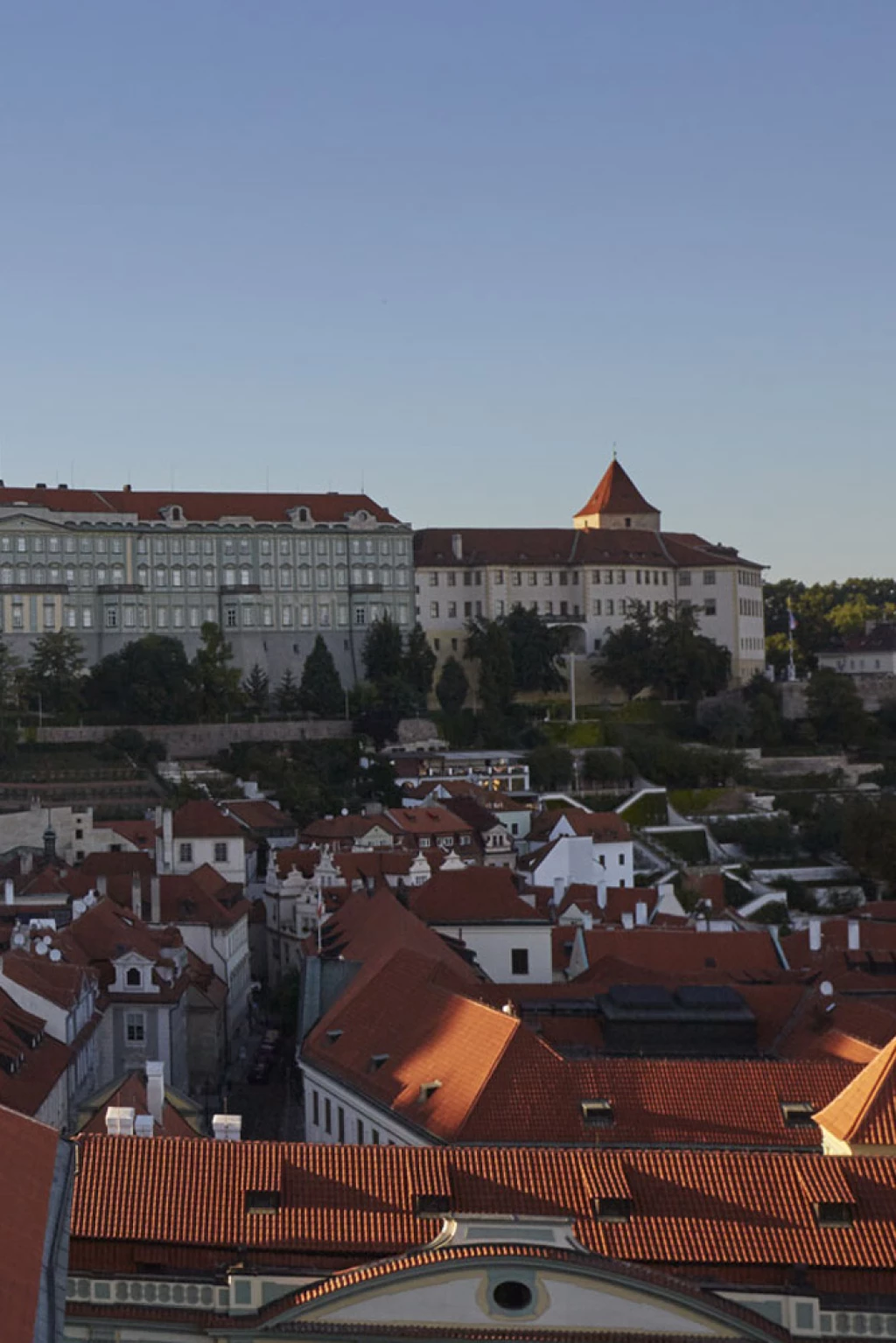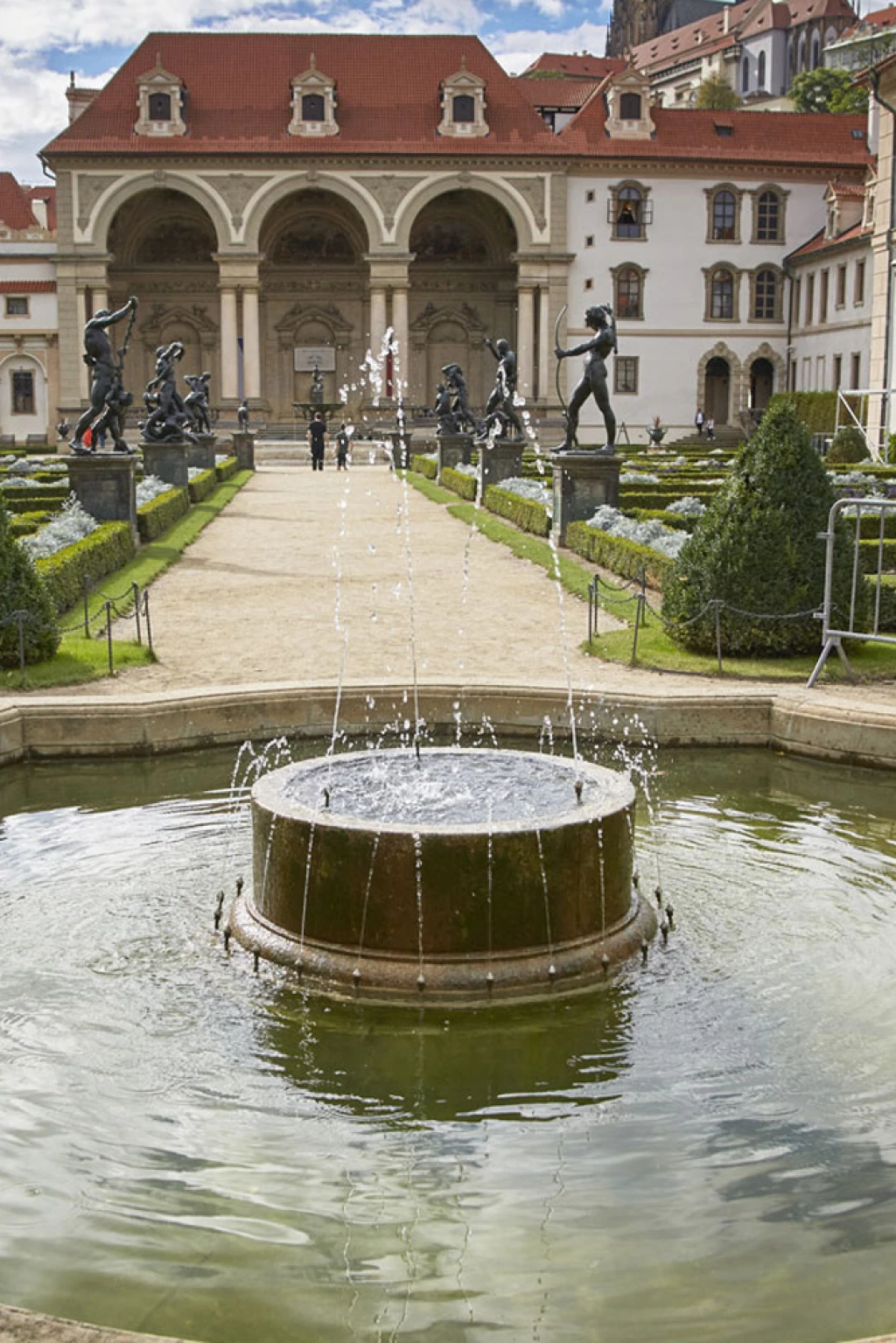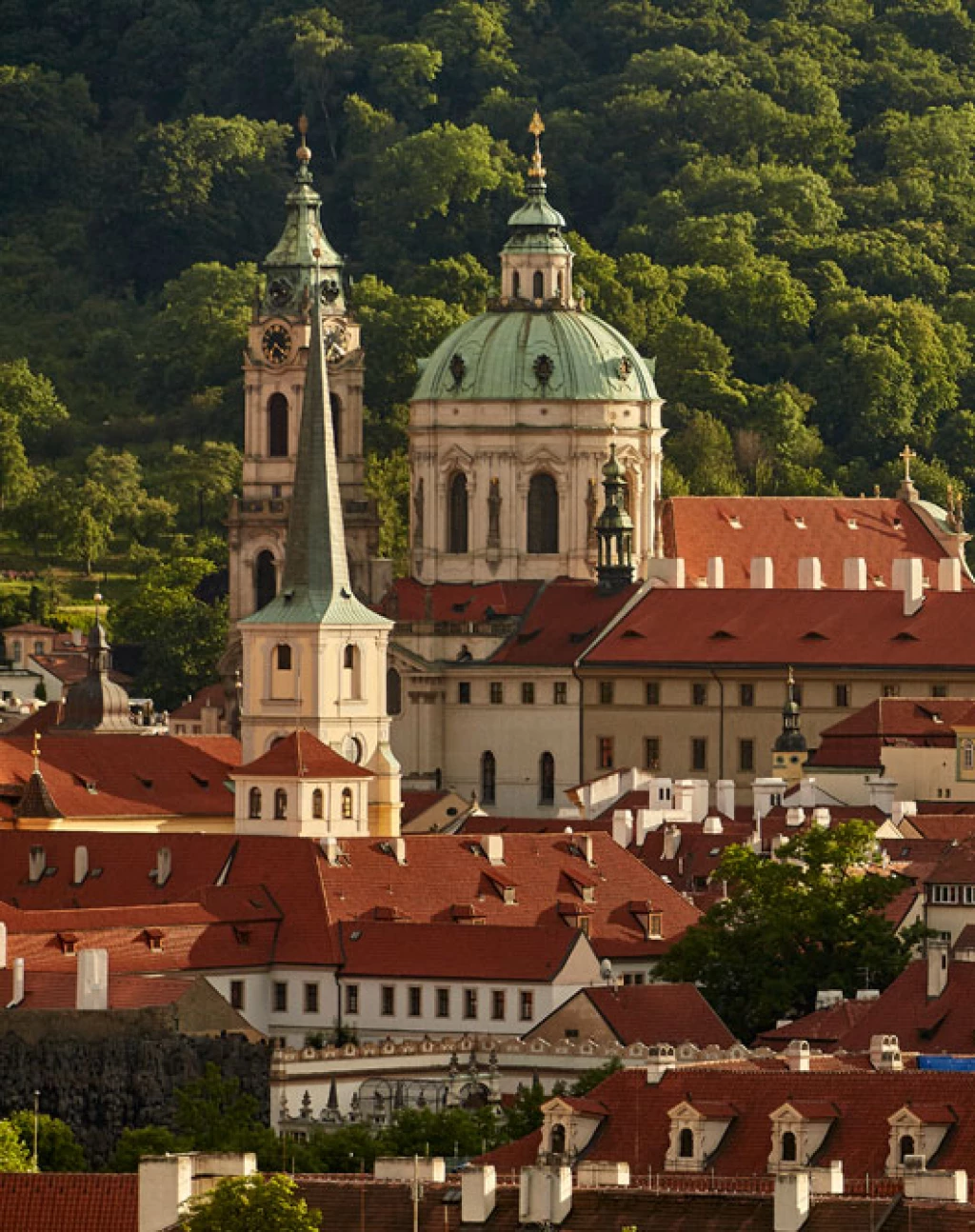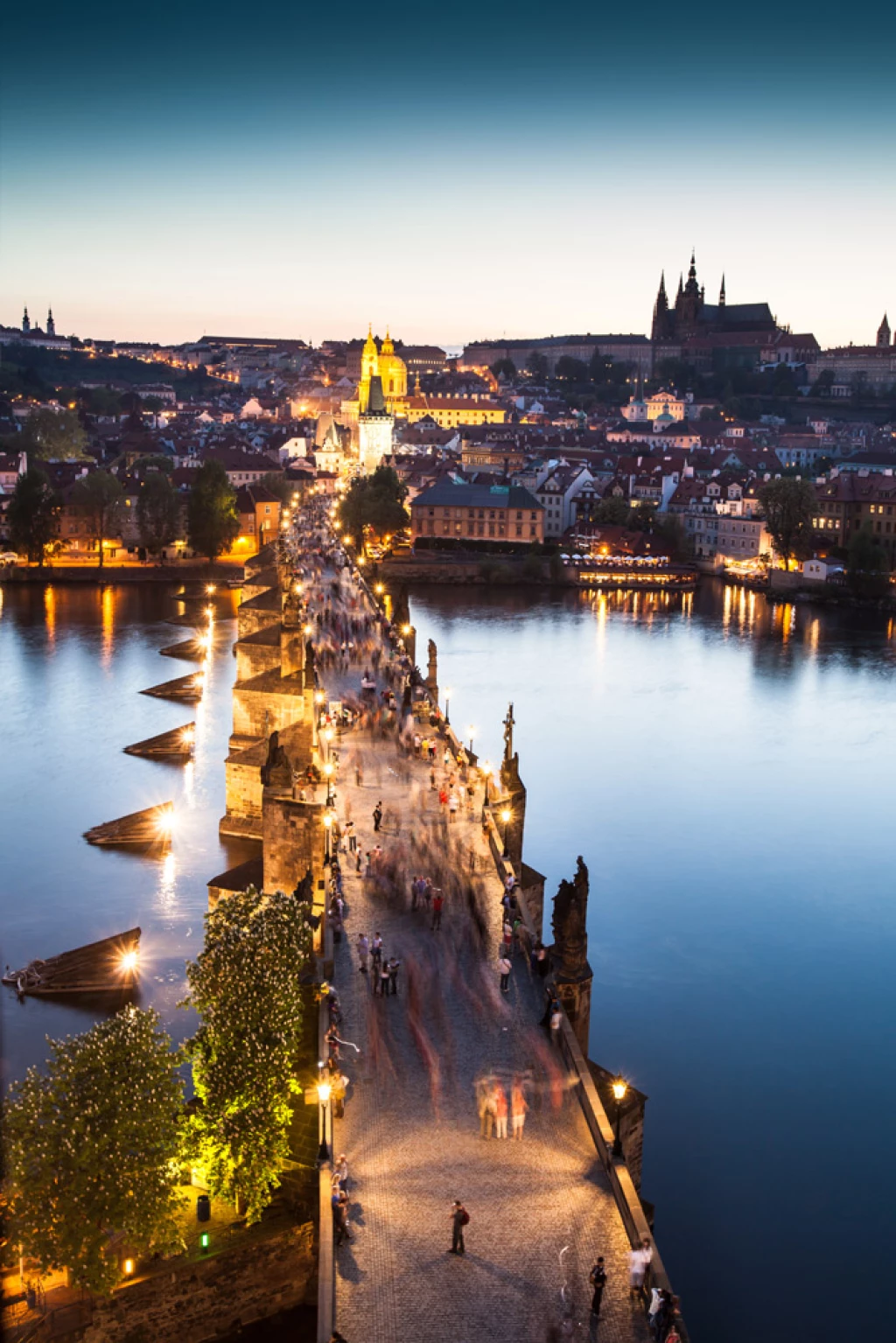
Address written by history
VII HOUSE first appears in historical archives in the second half of the 16th century, after the Great Fire of Lesser Town. VII HOUSE stands approximately on the spot of the oldest Prague brewery, which belonged to the monks of the Augustinian order. The wooden brewery was built in the year 1358 and produced a celebrated dark beer, with which the entire left bank of the Vltava was supplied.
During its history, VII HOUSE was connected several times to the neighbouring house, the Three Storks. One of the famous family lines to which today’s VII HOUSE once belonged was the line of Count Herman Cernin of Chudenice, one of the wealthiest and most renowned nobles in the Czech Kingdom.
In the years prior to the Battle of White Hill, the Czech nobleman and politician, Vaclav Vilem of Roupov, also owned the house. Vilem was one of the prominent leaders of the Bohemian Revolt in 1618. After the battle, he fled the country and his property was confiscated.
Subsequently, Albrecht von Wallenstein acquired part of the eastern wing of the present-day VII HOUSE. At that time he managed to buy approximately 25 houses, which were demolished in order to provide the space for his magnificent palace and a new town square. The square formed the stage for the majestic facade of his new residence.





If you are interested, please contact our exclusive representation:
+420 722 531 019
info@lexxusnorton.cz
- Sales office:
- Na Poříčí 2090/2, 11000, Praha 1
- +420 221 111 923
- ID: 26208024
- DIC: CZ26208024
